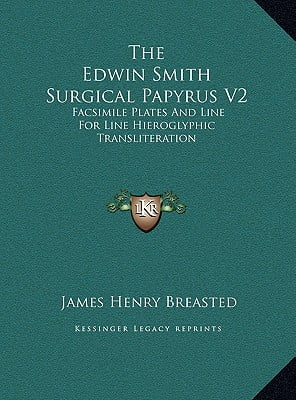
In a prior study, we found that Egyptian women contribute most to the delayed presentation time, not health-care providers. 8 More than 40% of patients present with T4 tumors, and 75% have positive lymph nodes at presentation, 9 resulting in a poor prognosis. Moreover, most breast cancer cases present as locally advanced or metastatic disease rather than in early stages.

The mean age at diagnosis of breast cancer in Egypt is relatively young (51 years), 7 and this has extremely significant social and economic implications.

Aalaa Mahmoud, MBBCh, MSc Tweet this quote Some patients choose to be treated in the private sector. Nongovernmental hospitals also provide cancer care in coordination with the government. All these governmental centers and hospitals provide services for all patients for free. A second specialized governmental women’s cancer center was inaugurated in 2018, under the auspices of the Ministry of Health. The first governmental specialized breast cancer hospital was established by the National Cancer Institute in 2013. The first specialized cancer center in Egypt (and the Middle East generally) was the Egyptian National Cancer Institute, founded in 1969.īreast cancer is the most prevalent cancer among Egyptian women, and the burden of the problem is increasing due to better diagnosis, more exposure to risk factors, and increased population and life expectancy. Most patients with cancer in Egypt are treated in governmental hospitals that belong to either the Ministry of Health, including specialized cancer centers distributed across Egypt, or oncology departments in university hospitals. Following their thorough analysis and studies conducted on the two mummies, the team has established that the woman died around 2,000 BCE and revealed evidence of breast cancer. The writer of the Edwin Smith Papyrus concluded that a bulging breast tumor was a grave illness, but the Egyptians struggled to treat it with cautery, knives, and salts, as well as adding arsenic paste, which became known as “Egyptian ointment.” 4įast forward to recent years, when an international team-including researchers of anthropology led by Professor Miguel Cecilio Botella López of the University of Granada’s Department of Legal Medicine, Toxicology, and Physical Anthropology-has discovered the world’s oldest known cases of breast cancer by conducting computed tomography scans of two mummies found in the pharaonic necropolis of Qubbet el-Hawa in Aswan, Egypt.

The author of this papyrus is unknown, but it may be Imhotep, an architect, high priest, and physician who lived between 3,000 and 2,500 BCE in the era when the pyramids were built. Historically, about 3,500 years ago, ancient Egyptians were the first to describe breast cancer (although the word “cancer” was not used) in the Edwin Smith Surgical Papyrus. 2 In Egypt, it is the most common cancer in women, accounting for 32.4% of all female cancers and the second most common cancer in both sexes after liver cancer (16.4% of all cancers). 1 The disease affects both men and women, although it is rare in men, accounting for just 1% of all breast cancer diagnoses in the United States and less than 0.1% of cancer-related deaths. Breast cancer is the most frequently diagnosed cancer among women around the world, making it a significant public health problem.


 0 kommentar(er)
0 kommentar(er)
